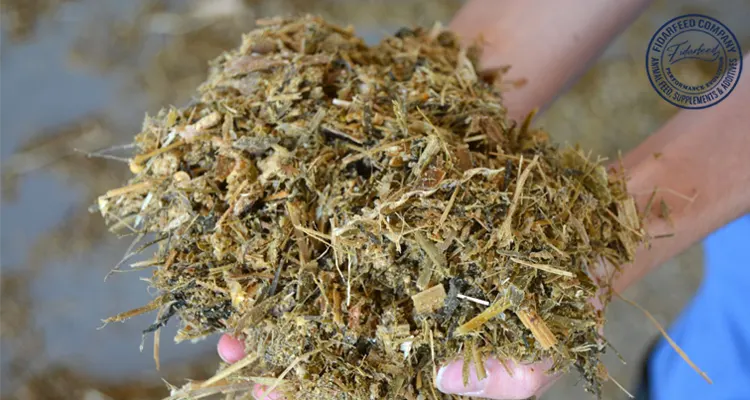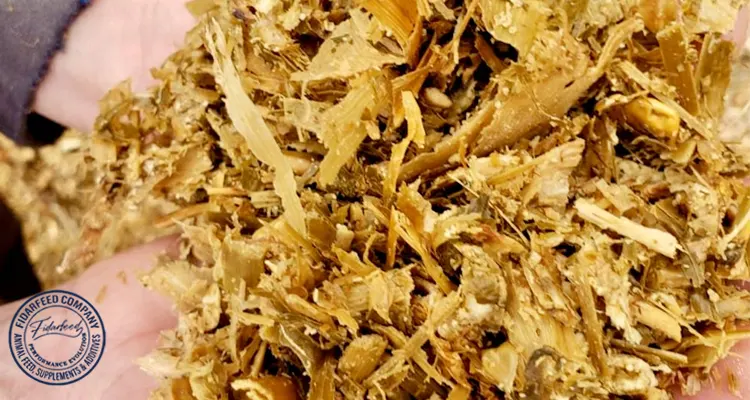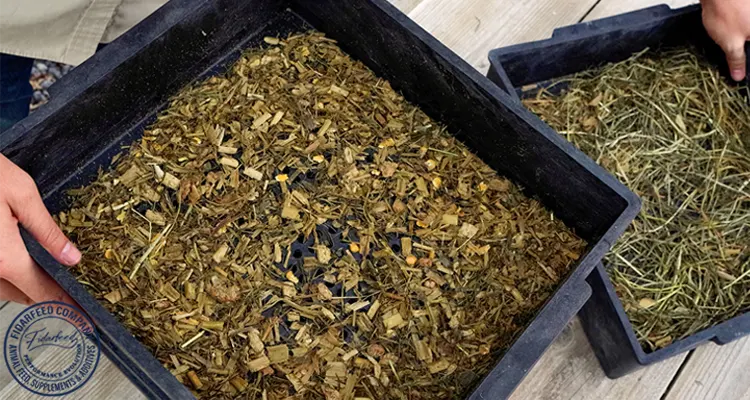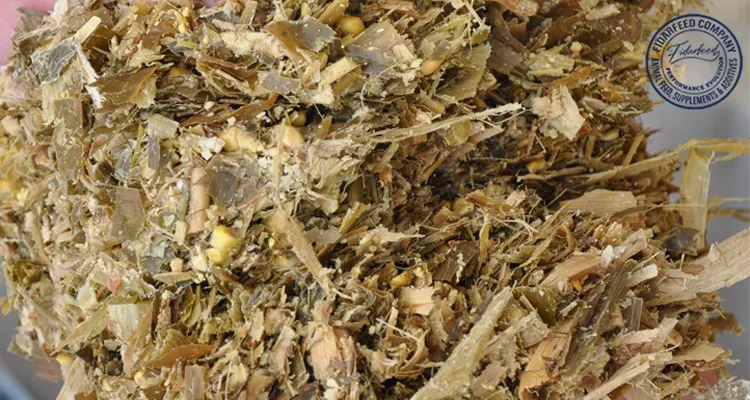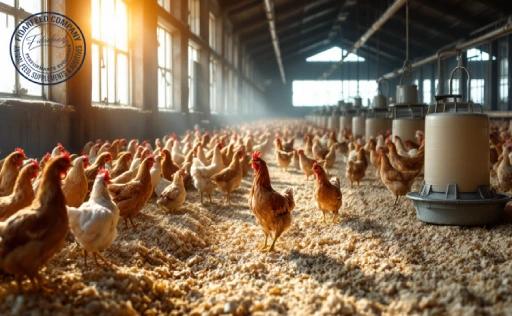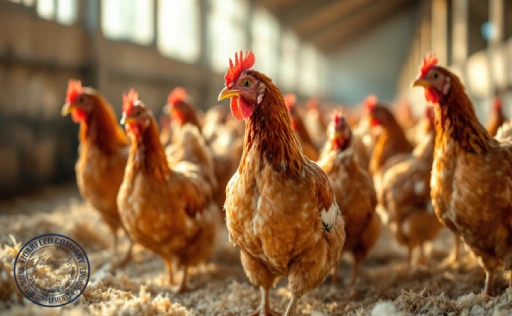What Is TMR Silage Production and Why Does It Matter?
TMR Silage Production is revolutionizing the livestock industry by providing a balanced and efficient feeding solution. Total Mixed Ration (TMR) silage is a method of preparing animal feed where various ingredients, including forage, grains, minerals, and supplements, are mixed and fermented to create a nutritionally complete diet. This approach ensures that livestock receive consistent, high-quality feed, reducing selective eating and improving overall health and productivity.
For livestock breeders, both seasoned and novice, TMR silage offers a way to optimize feeding strategies while minimizing waste. By adopting this farm-to-feed approach, farmers can enhance the efficiency of their operations and maintain better control over the nutritional quality of their livestock’s diet.
The Farm-to-Feed Journey: How TMR Silage Is Made
TMR silage production follows a well-structured process, ensuring the preservation of nutrients while maintaining palatability. The journey begins at the farm with the careful selection and harvesting of high-quality forages such as corn, alfalfa, and grasses. These forages are chopped into smaller pieces to improve digestibility and then mixed with grains, protein sources, vitamins, and minerals to create a well-rounded ration.
Learn more about: TMR Silage Animal Feed
Once mixed, the feed undergoes ensiling, where it is tightly packed into silos or bunkers to remove oxygen. This anaerobic environment allows beneficial bacteria to ferment the feed, breaking down complex carbohydrates into digestible energy sources while preserving nutrients. The result is a stable, long-lasting feed that can be stored and fed to livestock throughout the year.
Choosing the Right Ingredients for High-Quality TMR Silage
The effectiveness of TMR silage largely depends on the selection of high-quality ingredients. Farmers should choose:
- Forages: Corn silage, alfalfa, and grass hay provide fiber and energy.
- Grains: Barley, wheat, and maize offer carbohydrates for energy.
Learn more about: Common Challenges in TMR Silage and How to Solve Them
- Protein Sources: Soybean meal and canola meal contribute essential amino acids.
- Minerals and Vitamins: Calcium, phosphorus, and vitamin supplements help maintain animal health.
- Additives: Probiotics and preservatives enhance fermentation and feed efficiency.
A well-balanced TMR silage ensures that livestock receive all necessary nutrients in every bite, reducing the risk of deficiencies and improving feed conversion efficiency.
Proper Fermentation: The Key to Preserving TMR Silage
Fermentation is the most crucial step in TMR silage production, as it determines feed stability and nutritional value. Proper fermentation involves:
- Packing the silage tightly to eliminate oxygen and prevent spoilage.
- Using bacterial inoculants to accelerate the fermentation process.
Learn more about: TMR Corn Silage: A Complete Guide for Dairy and Beef Farmers
- Maintaining the right moisture content (typically between 60-70%) to ensure proper microbial activity.
- Sealing storage units properly to prevent air infiltration, which can lead to mold and nutrient loss.
By following these steps, farmers can produce silage that retains its nutritional integrity and remains free from harmful pathogens.
Storing and Managing TMR Silage for Maximum Nutrition
Proper storage is essential for preserving the quality of TMR silage. Farmers should store silage in airtight silos, bags, or bunkers, ensuring they are well-sealed to prevent exposure to air and moisture. Regularly checking for spoilage and removing any affected portions helps maintain feed quality.
Learn more about: Did You Know Livestock Productivity with TMR Silage Can Double?
Additionally, using the first-in, first-out (FIFO) method ensures that older silage is used before newer batches, reducing waste. Keeping storage areas clean and dry further prevents contamination and spoilage, safeguarding the feed’s nutritional value.
Benefits of TMR Silage for Livestock Health and Productivity
The advantages of TMR silage go beyond convenience; it significantly enhances livestock health and performance. Key benefits include:
- Improved digestion due to the uniform mixture of fiber, proteins, and energy.
- Higher milk production in dairy cattle due to a balanced nutrient supply.
- Better weight gain in beef cattle, leading to increased profitability.
Learn more about: How TMR Silage Cuts Down Veterinary Expenses in Livestock Farming
- Reduced feed wastage as animals cannot selectively eat preferred ingredients.
- Consistent feed intake, minimizing fluctuations in animal performance.
By ensuring that every meal is nutritionally balanced, TMR silage helps farmers achieve better growth rates and higher yields.
Common Challenges in TMR Silage Production (and How to Overcome Them)
Despite its advantages, TMR silage production comes with challenges, including:
- Spoilage and mold growth: Prevented by proper sealing and storage practices.
- Nutrient losses: Minimized through the use of inoculants and optimal harvesting techniques.
- Imbalanced rations: Avoided by regularly analyzing feed composition and adjusting ingredients as needed.
- High initial investment: Offset by long-term savings on feed costs and improved animal performance.
With careful management, these challenges can be effectively addressed, ensuring consistent feed quality.
Farm-to-Feed Efficiency: How TMR Silage Saves Time and Money
One of the biggest advantages of TMR silage is its efficiency. This farm-to-feed system reduces labor costs by simplifying feeding routines. Instead of offering separate feed components, farmers provide a single, well-mixed ration, cutting down on feeding time and effort.
Additionally, TMR silage optimizes feed utilization, leading to better nutrient absorption and reduced feed waste. Over time, this translates into higher profitability, as farmers spend less on supplementary feeds while maximizing animal growth and production.
Future Trends in TMR Silage Production
As the livestock industry evolves, new innovations in TMR silage production continue to emerge. Some future trends include:
- Precision feeding technology that customizes rations based on real-time animal needs.
- Advanced silage additives to improve fermentation and shelf-life.
- Sustainable feed solutions incorporating alternative forages and byproducts.
- Automated mixing and feeding systems to enhance efficiency and reduce labor demands.
These advancements will further refine the farm-to-feed process, making TMR silage an even more effective solution for modern livestock farming.
Conclusion
TMR silage production is a game-changer in the livestock feed industry, providing a practical, efficient, and nutritionally balanced feeding solution. By understanding its production process, ingredient selection, and best management practices, farmers can optimize their feeding strategies, improve animal performance, and enhance overall farm profitability.
Are you currently using TMR silage on your farm? Share your experiences, ask questions, or let us know your thoughts in the comments below!

